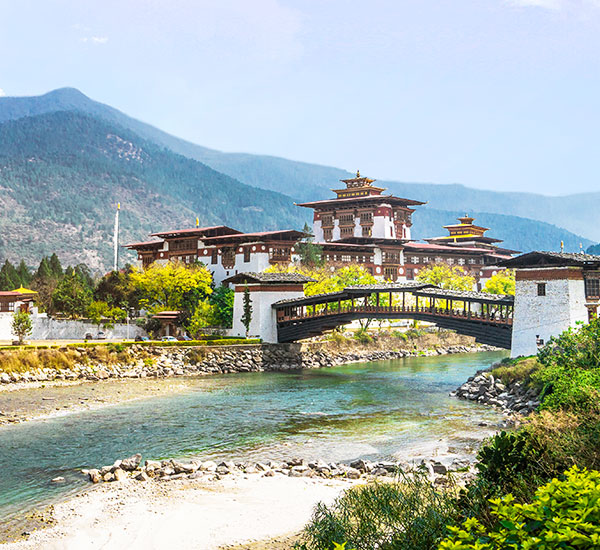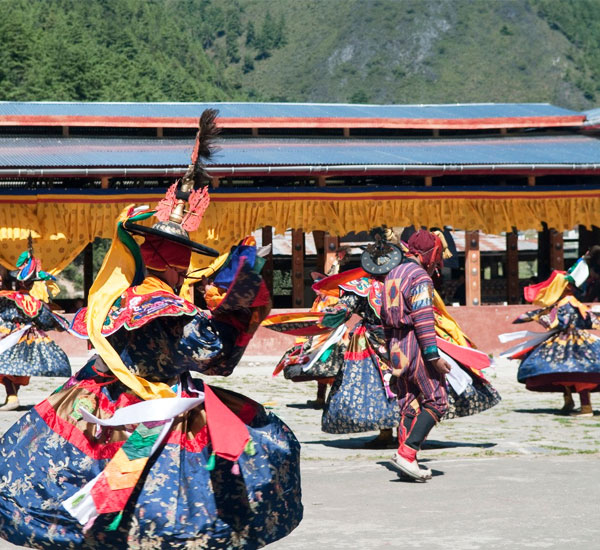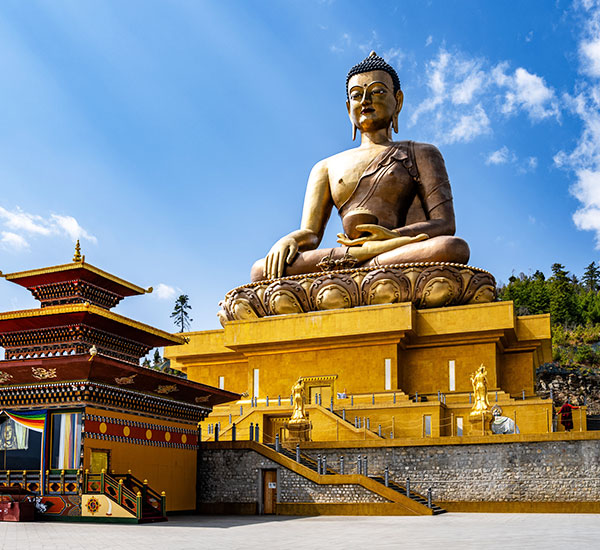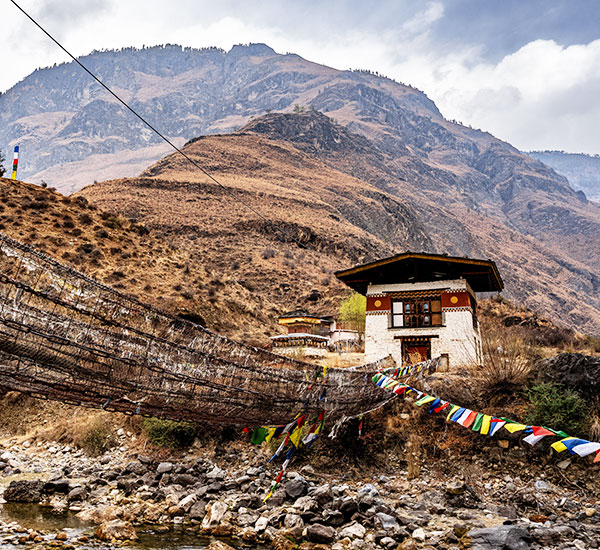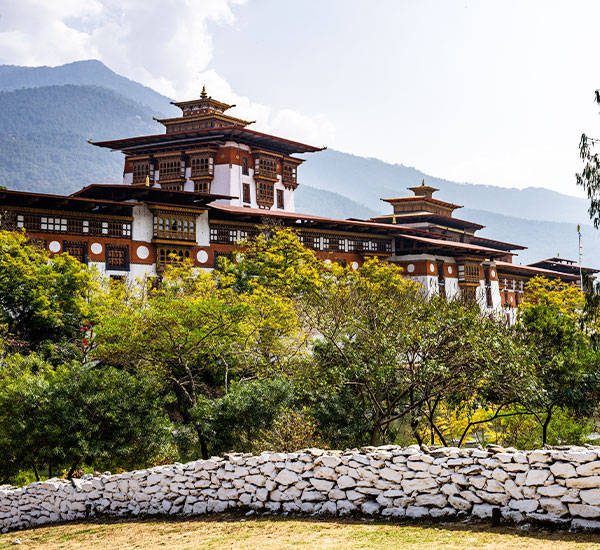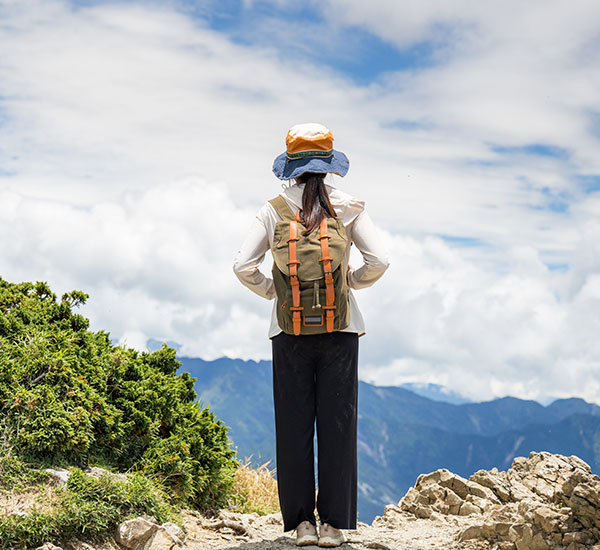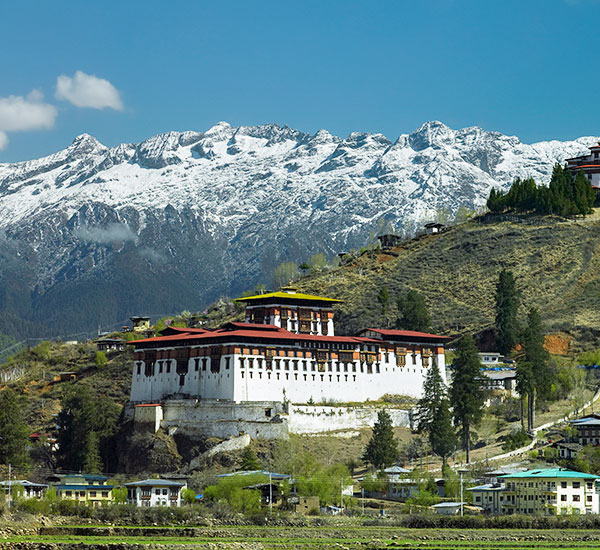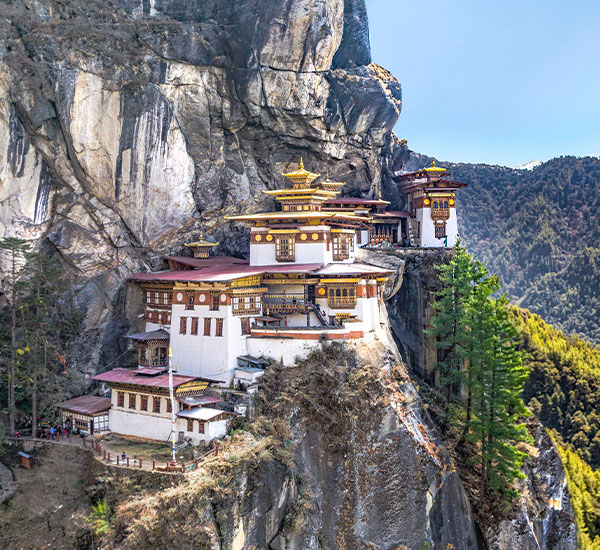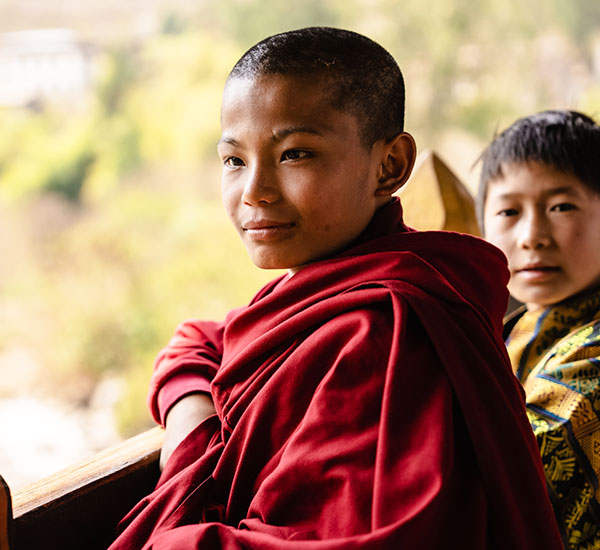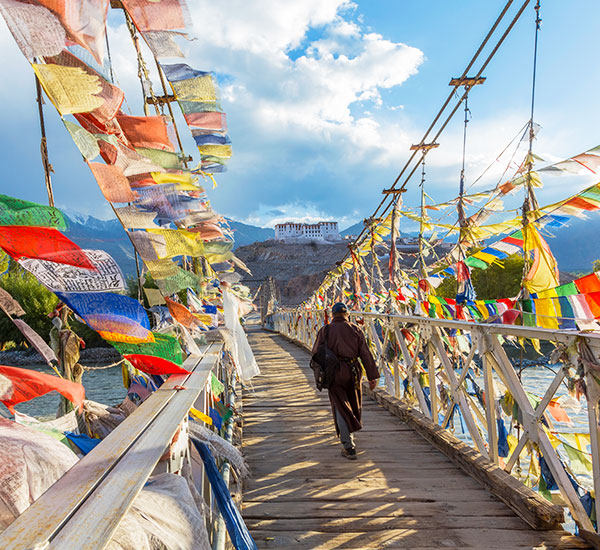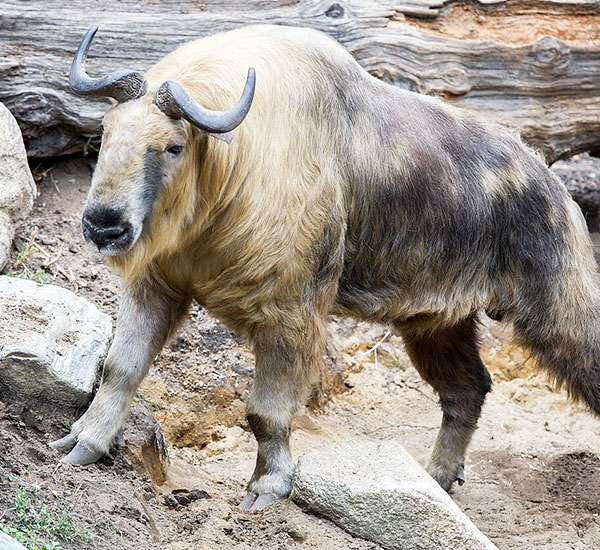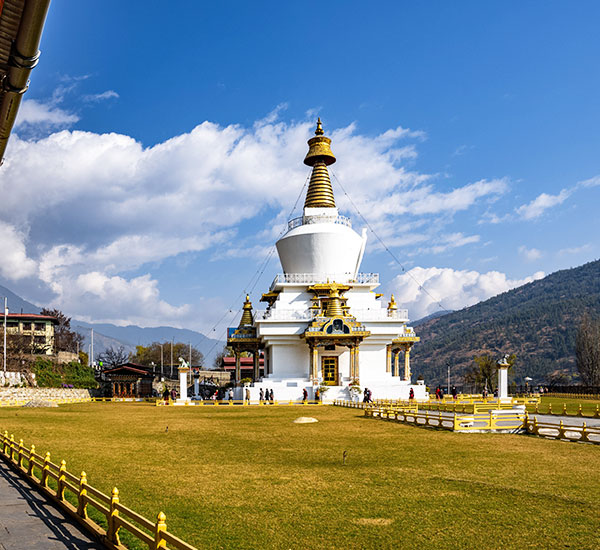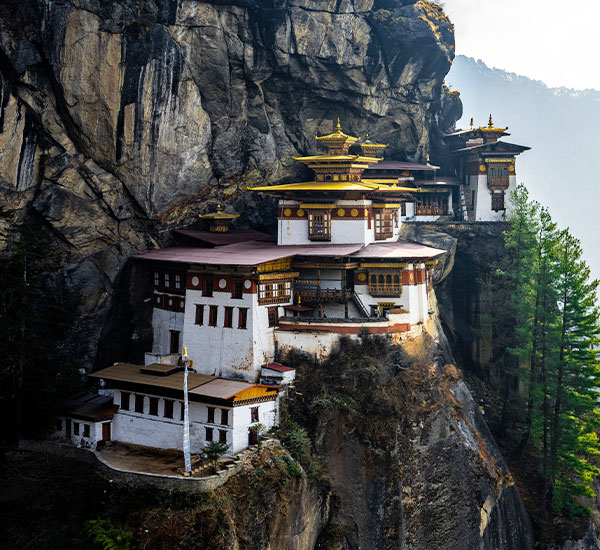Bhutan, often called the Land of the Thunder Dragon (Druk Yul), is a mystical Himalayan kingdom that blends stunning landscapes with spiritual depth, ancient traditions, and sustainable living. Protected by towering peaks and a unique philosophy of Gross National Happiness (GNH), Bhutan remains one of the most exclusive and enchanting travel destinations in the world.
Here, red-robed monks walk alongside mountain paths, snow-capped peaks rise behind golden-roofed monasteries, and age-old customs thrive untouched by time. Whether you're seeking cultural immersion, natural wonders, or soulful serenity, Bhutan offers an experience unlike anywhere else.
Bhutan at a Glance
- Capital: Thimphu
- Currency: Bhutanese Ngultrum (BTN); Indian Rupee also accepted
- Language: Dzongkha (English widely spoken)
- Religion: Vajrayana Buddhism (state religion)
- Time Zone: Bhutan Time (UTC +6)
- Best Known For: Gross National Happiness, rich Buddhist culture, fortress monasteries (dzongs), scenic treks, and high-altitude landscapes.
Bhutan stands out not only for its beauty but for its values: environmental conservation, cultural preservation, and well-being over materialism. With a population of less than a million and forests covering over 70% of its land, Bhutan is also the world’s only carbon-negative country.
Visa & Permits for Bhutan
For International Travelers
Visiting Bhutan requires a visa, which must be arranged in advance through a licensed Bhutanese tour operator or their international partner. As part of the country's commitment to high-value, low-impact tourism, all international visitors are also required to pay the Sustainable Development Fee (SDF), currently set at USD 100 per person, per night. This fee directly supports Bhutan’s efforts in preserving its natural environment, culture, and infrastructure. Additionally, travelers must pre-book a complete travel package that includes accommodation, a certified guide, transportation, and other essentials to ensure a seamless experience.
For Indian, Bangladeshi, and Maldivian Nationals
Travelers from India, Bangladesh, and the Maldives do not require a visa to enter Bhutan. However, an Entry Permit is mandatory, which can be obtained either at the border or through online pre-approval. Indian nationals are subject to an SDF of ₹1,200 per person per day, although this rate may be updated from time to time. It is always advisable to consult with an official or licensed tour operator to stay informed about the latest travel and documentation requirements, as policies may evolve.
Entry Points into Bhutan
Paro International Airport
Paro is Bhutan’s only international airport and serves as the main air gateway into the country. It offers flights from several major cities including Delhi, Kolkata, Guwahati (India), Kathmandu (Nepal), Bangkok (Thailand), and Singapore. Known for one of the world’s most dramatic landings, the descent into Paro Valley is both thrilling and scenic, with aircraft gliding between Himalayan peaks before touching down.
Phuentsholing – A Key Land Entry Point for Indians
Situated along the India-Bhutan border adjacent to Jaigaon in West Bengal, Phuentsholing is the most commonly used land entry for Indian nationals. From here, travelers can proceed by road to Bhutan’s capital, Thimphu, and popular destinations like Paro. This route is especially favored by Indian road-trippers and those looking to avoid air travel.
Other Land Entry Points
Less frequented entry routes include Samdrup Jongkhar in southeast Bhutan, connecting from Assam, and Gelephu, which provides access to central Bhutan. These are generally used by travelers with more specific or extended itineraries.
Bhutan Climate & Best Time to Visit
Due to its dramatic variation in elevation-from low-lying subtropical areas to high-altitude Himalayan peaks—Bhutan experiences diverse climates. The best time to visit depends on your interests and activities.
Spring (March to May) is one of the most popular seasons, with clear skies, blooming rhododendrons, and pleasant weather-perfect for trekking and photography.
Autumn (September to November) offers crisp, sunny days and vibrant festivals such as the Thimphu Tshechu, making it an ideal time for cultural exploration and high-altitude hikes.
Winter (December to February) brings colder temperatures, especially in higher regions, but rewards visitors with serene landscapes, fewer crowds, and excellent birdwatching opportunities.
The Monsoon (June to August) sees heavy rainfall and occasional landslides, particularly in the southern regions. While travel can be more challenging, this season offers a lush, green Bhutan and fewer tourists.
